Explore All About Industrial Oil Seals
Explore All About Industrial Oil Seals
Oil seals, also known as oil lip seals, dirt seals, grease seals, shaft seals, or rotary seals, are used to fill the gaps between stationary and revolving parts of the equipment. They are designed to prevent the leakage of fluids from the machinery and inhibit contaminants from reaching these fluids. They contribute to the longevity and reliability of the equipment like engines and gearboxes in industrial equipment. This post discusses the importance of oil seals, the different types of materials that are used in the manufacturing of
Oil seals, also known as oil lip seals, dirt seals, grease seals, shaft seals, or rotary seals, are used to fill the gaps between stationary and revolving parts of the equipment. They are designed to prevent the leakage of fluids from the machinery and inhibit contaminants from reaching these fluids. They contribute to the longevity and reliability of the equipment like engines and gearboxes in industrial equipment. This post discusses the importance of oil seals, the different types of materials that are used in the manufacturing of oil seals and many more.
The company is the world’s best u type rubber oil seal manufacturers supplier. We are your one-stop shop for all needs. Our staff are highly-specialized and will help you find the product you need.
Overview of Oil Lip Seals
Oil seals are used to fill gaps between stationary and revolving parts of equipment, often known as radial shaft seals or rotary seals. These seals are frequently employed to keep impurities out and prevent lubricating oils, hydraulic fluids, or other liquids from escaping out of the system. An oil seal features:
- Outside Metal Ring: The seal's outside metal casing helps in maintaining its shape and offers structural support.
- Rubber or Elastomeric Sealing Lip: The sealing lip typically encloses the shaft in a tight seal formed of rubber or elastomeric material.
- Spring: Some oil lip seals incorporate a spring to apply constant pressure against the shaft, ensuring a secure seal.
Types of Materials Used for Manufacturing Oil Seals
Oil lip seals play a significant role in several industrial applications to avoid intermixing fluids and prevent contaminants and moisture from affecting the bearings. With such a vital role to play, it is essential to choose the right material for these seals. The choice of the material will depend on factors like the type of fluid being sealed, operating temperature, pressure, and compatibility with the operating environment. The following list of materials is typical for making oil lip seals:
- Nitrile (NBR): The nitrile rubber or nitrile provides excellent resistance to numerous oils and greases, including mineral grease and hydraulic oil. There are several synthetic lubricants and greases in the market based on glycol which may cause harm to NBR rubber compounds depending on their composition. Due to their excellent durability and cost-effectiveness, these seals are used in a wide range of operating conditions. However, NBR is unable to withstand exposure to acids and solvents.
- Polytetrafluoroethylene (PTFE): This fluoropolymer is known by the brand name Teflon and is known to assure the best chemical resistance and exceptionally little frictional resistance. It is the material of choice for several types of rotating seals used in the chemical, food, and pharmaceutical industries.
- Polyurethane (PU): Polyurethane seals offer excellent abrasion resistance and durability. They are suitable for high-pressure applications and provide good resistance to hydraulic oils. Polyurethane oil seals are often used in hydraulic and pneumatic systems.
- Viton: The exceptional resilience of Viton against chemicals, strong fluids, and high temperatures is well recognized and makes this a great material for creating seals for demanding applications. This material is known to maintain its flexibility, strength, and shape even in the harshest situations. When designers and engineers use oil lip seals for industry made of Viton material, their durability and dependability guarantee reduced downtime, improved performance, and a competitive advantage. It works effectively in applications involving severe chemicals, synthetic oils, and fuels.
- Ethylene Propylene Diene Rubber: This elastomer is used for creating oil lip seals for industry and other sealing elements such as U-cups. The oil lip seals made of this material would exhibit excellent resistance to steam, hot water, washing agents, and polar organic solvents. They are used to seal phosphate ester hydraulic fluids, such as Skydrol. These seals are not recommended for petroleum-based fluids, and can be effectively used with acetone, steam, alkalies, and dilute acids.
Although oil seals have been around for a while, choosing the right one still needs careful planning. If you are sure about the type of seal needed for your application or looking to replace your current seals with custom oil seals that meet your application requirements, then do not hesitate to contact the experts at SSP Seals &#; a leading industrial seal manufacturer in the USA. The company offers one of the most comprehensive selections of oil seals in the USA in a wide range of materials and profiles such as Type A Single Lip, Type ADL Double Lip, Type AO Single Lip, Type AODL Double Lip, Type B Single Lip Metal Case w/Spring, Type BDL Double Lip, and many more. You can visit the website for more information.
Related Post
Seal Selection Guide: Which Material Is the Right Choice?
Buna, ethylene propylene diene monomer (EPDM) and Viton are all similar seal materials, but what makes them different? Choosing the right elastomer or polymer material is important for several reasons. While it may not seem like a major decision, the material chosen determines the quality, life span and performance of an application. From snapping to peeling to breaking, a seal material that is a poor fit for an application can lead to many issues down the road. Seal material has a long-term effect on an application&#;s capabilities.
What Does High Elasticity Mean?
The term high elasticity is known as the ability of an object to return to its shape once it no longer is attached to its source of stress. Rubber compounds represent a wide collection of materials&#;known as elastomers&#;which includes base elastomer, vulcanization agents, fillers and plasticizers, with their main feature being high elasticity. Therefore, rubber is widely considered the best seal material. Questions to consider when selecting the seal material for an application include:
- Will this application be exposed to water, oil, gas, harsh chemicals or other materials?
- What are the minimum and maximum temperature resistances?
- What is the required compression strength?
- Will this application be exposed to sunlight for hours at a time?
Whether you are choosing Buna (Nitrile), EPDM or Viton, it is important to compare and consider all key features and benefits.
Buna
For more rubber oil seal manufacturers chinainformation, please contact us. We will provide professional answers.
Additional resources:Are NOK seals good?
Pneumatic Tires [Definition, Pros/Cons, Applications, Costs]Bulk Buying: 8.5 Inch Solid Scooter TyresHow Will 12x2 Tires Transform Electric Mobility?How to Choose 8.5 Inch Solid Scooter Tyres Custom?The VViViD Shop - The Vinyl Wrap Store, Open to the public!How to Choose the Right NEW SAIL Brake & Clutch Cylinder?
When it comes down to abrasive, water and oil resistant and super-strength properties, Buna is a cost-effective elastomer. Buna, also referred to as Nitrile rubber, is commonly known as the industry&#;s most economical seal material. Buna is well known for its mechanical performance and is a top performer when it comes down to oil-based, petrochemical and chemical applications. The more Nitrile in a polymer means a higher resistance to chemicals, acids and other oils. Buna is widely used in the industry for crude oil, water, various alcohol, silicone grease and hydraulic fluid applications due to its inflexibility.
Buna is comprised of synthetic rubber copolymer that performs well in applications requiring metal adhesion and abrasion-resistant material. This chemical background makes it ideal for sealant applications. Designed with poor acid and mild alkali resistance, Buna can also withstand low temperatures. Buna is limited in extreme factors such as high temperatures, weather, sunlight and steam resistance applications. It is also not suitable with clean-in-place (CIP) sanitizing agents containing acids and peroxides, such as OXONIA.
Key advantages of Buna include:
- affordable
- strong and sturdy elongation
- good for oil and water resistance
- low compression set
- high abrasion resistance
- heavy duty strength
- wide range in temperature resistance
Disadvantages of Nitrile rubber include:
- limited extreme temperature resistance
- poor flame resistance
- not suitable for hydraulic liquids, brake fluids, ketones and acetates
- limited sunlight, weather and ozone resistance
Key applications for Nitrile rubber in the valve industry:
- sealants
- O-rings
- molded products
EPDM
When considering flexibility, strength, weather resistance and the ability to withstand extreme conditions, EPDM is a good option. EPDM is a type of synthetic rubber and a commonly used elastomeric material for automotive, construction and mechanical applications. More expensive than Buna, it can withstand a variety of thermal, weather and mechanical properties because of its long-lasting high tensile strength. It is ideal for applications involving water, chlorine, bleach and other alkaline materials. From waterproofing to HVAC, EPDM is used for a variety of applications because of its resistance to weathering, ozone and deionized water.
With elastic and adhesive properties, once stretched, EPDM returns to its original shape regardless of the temperature. EPDM is not recommended for petroleum oil, fluids, chlorinated hydrocarbon or hydrocarbon solvent applications.
Key advantages of EPDM include:
- wide operational temperature range
- suitable for extreme environments and cold materials
- ozone and sunlight resistant
- good compression set
- tear, abrasion and steam resistance
- high tolerance to sodium hydroxide solutions, diluted acids, ketones and alkalis
- versatile in applications such as HVAC
Disadvantages of EPDM include:
- easy to damage
- poor resistance to petroleum-based fuels
- difficult to adhere to
- incompatible with certain oils or acids
EPDM is used across a wide range of industrial applications, including:
- seals and O-rings
- tubing
- washers
Viton
Viton is the more expensive option, but it is a solution for applications exposed to extreme weather, ozone and chemical degradation. Viton is a long-lasting, high-performance, fluorinated, hydrocarbon rubber product most commonly used in O-Rings and seals. Resistant to ozone, oxidation and extreme weather conditions, including materials such as aliphatic and aromatic hydrocarbons, halogenated fluids and strong acid materials, Viton is one of the more robust fluoroelastomers. Designed to withstand extreme temperatures, Viton seals are the preferred option for the most challenging and demanding sealing needs.
Viton can provide support for a broad range of substances and features and has resistance to high temperatures and resilience capabilities.
Key advantages of Viton include:
- powerful when under pressure
- high-temperature performance
- compatible with chemicals and acids
- retains flexibility and elasticity in high-pressure applications
- excellent for sterilization
- high-heat resistance
- absorbs fluids quickly and efficiently
- longer life span
- environmentally-friendly
Disadvantages of Viton include:
- more expensive than Nitrile
- incompatible with ketones
- not as effective in lower temperatures
Reliable material for:
- O-Ring applications
- pumps and valves
- seal leaks
Choosing the correct polymer is important. While all seal materials are similar, each polymer serves a variety of purposes to meet any specific need.
Contact us to discuss your requirements of nbr black cloth rubber oil seal supplier china. Our experienced sales team can help you identify the options that best suit your needs.
Additional resources:Revolutionize Your Ride: Discover the NEW SAIL Brake & Clutch!WM Motor W6: Everything you need to know about China's hot new electric SUVWhy is the Jetour Dasheng 2024 popular?The Advantages of Choosing 10x10 Questions You Should Know About KIA Suspension Steering Parts MaintenanceHow to Choose Quality CAPTIVA Injection Parts Solutions?Key Questions to Ask When Selecting PEGAS Wiper Parts Solutions




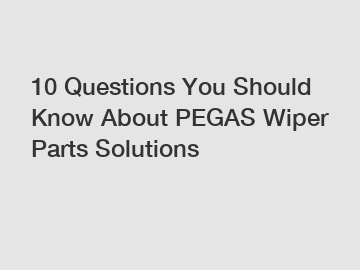
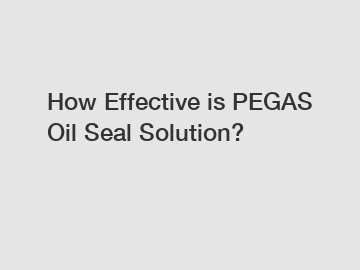
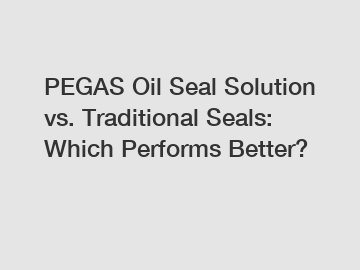
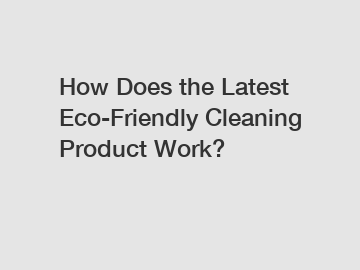
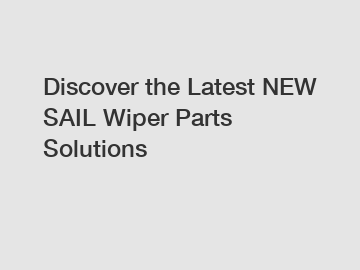
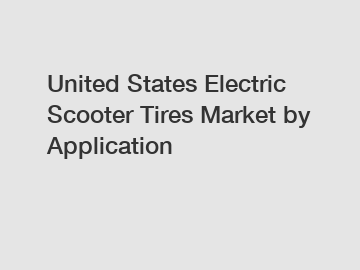
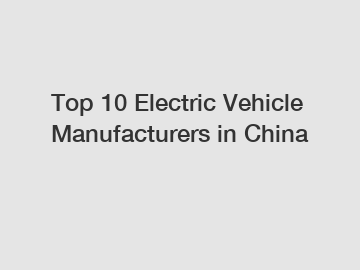
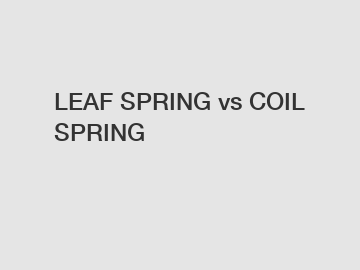
Comments
All Comments ( 0 )